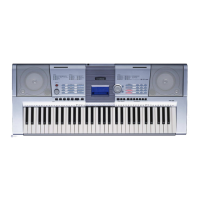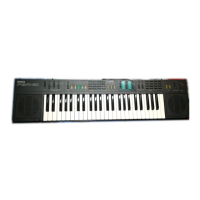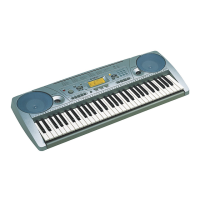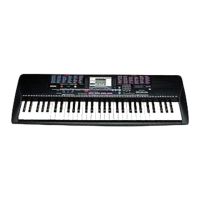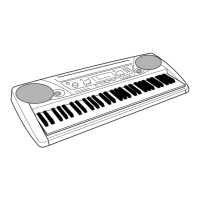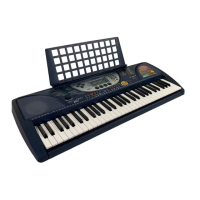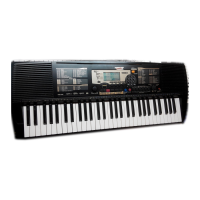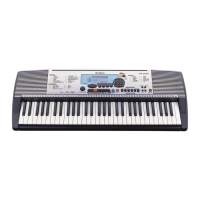What to do if there is no sound from my Yamaha Electronic Keyboard?
- EEmily HoffmanAug 18, 2025
If you're not getting any sound from your Yamaha Electronic Keyboard, even when playing or during song playback, ensure that headphones or any other device are not connected to the PHONES/OUTPUT jack on the rear panel. Also, check the Local Control setting to make sure it is properly configured.


